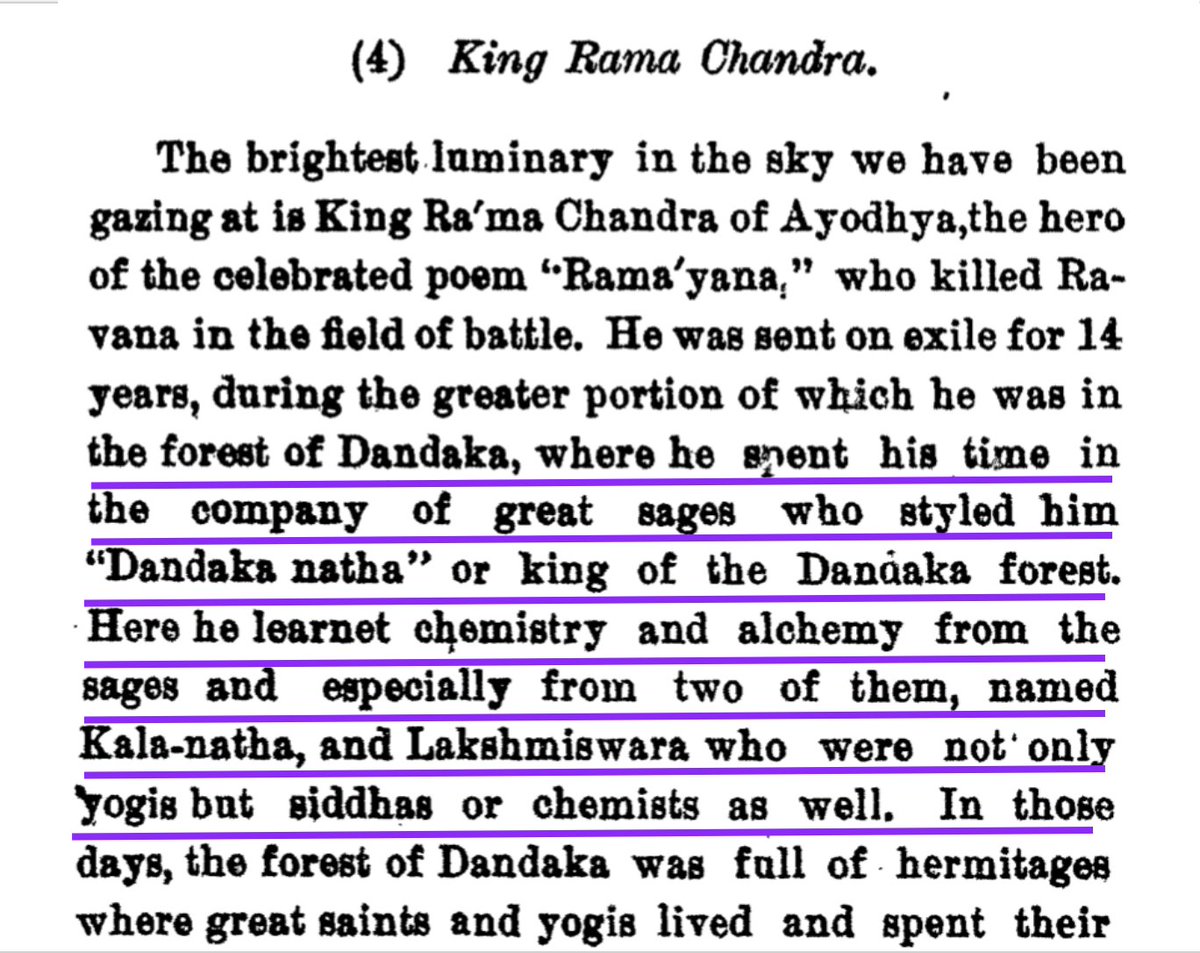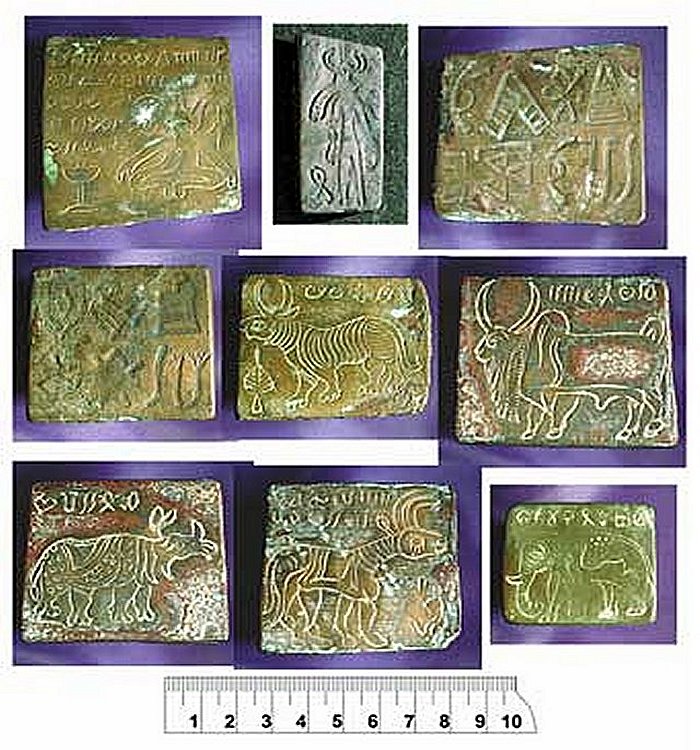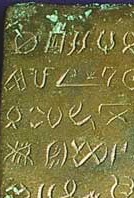
1/n
Veer Savarkar has been reviled and demonized to the extreme but a reading of his ideas reveal him as a modernist, rationalist & strong supporter of social reform. His opinion on movies in national life is particularly interesting. Movies can build the character of a nation.
Veer Savarkar has been reviled and demonized to the extreme but a reading of his ideas reveal him as a modernist, rationalist & strong supporter of social reform. His opinion on movies in national life is particularly interesting. Movies can build the character of a nation.

2/n
“Films can be used to educate our youth. We see life reflected very well on screen. It is better to borrow a good thing rather than have nothing at all. But one should neither blindly copy the work of others."
“Films can be used to educate our youth. We see life reflected very well on screen. It is better to borrow a good thing rather than have nothing at all. But one should neither blindly copy the work of others."
3/n
“As in all other fields, it is essential that our people are nationalists in the field of cinema as well. Everything else comes after that. The film industry too should believe that it will do everything possible for the progress of the entire nation."
“As in all other fields, it is essential that our people are nationalists in the field of cinema as well. Everything else comes after that. The film industry too should believe that it will do everything possible for the progress of the entire nation."
4/n
“Our movies should focus on the positives of the country, keep aside the negatives and have pride in its victories. There is no value in making movies on national defeat or on our failings. These should be forgotten.”
“Our movies should focus on the positives of the country, keep aside the negatives and have pride in its victories. There is no value in making movies on national defeat or on our failings. These should be forgotten.”
5/n
“Our youth should be inspired by movies that focus on the positive side of things."
Wise words from a visionary and the antithesis of the cesspool called Bollywood. These excerpts were taken from the translation of Savarkars essays in Marathi at:
livemint.com/Sundayapp/10jR…
“Our youth should be inspired by movies that focus on the positive side of things."
Wise words from a visionary and the antithesis of the cesspool called Bollywood. These excerpts were taken from the translation of Savarkars essays in Marathi at:
livemint.com/Sundayapp/10jR…
• • •
Missing some Tweet in this thread? You can try to
force a refresh


















